Sylvania Lighting transformers, ballasts
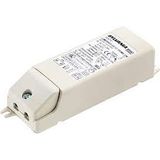
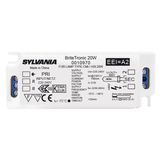

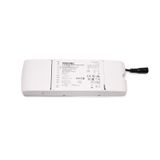

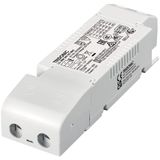
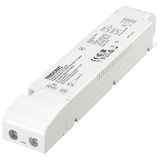
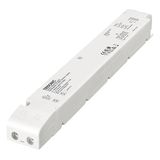

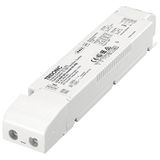
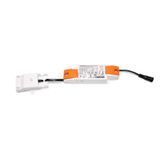
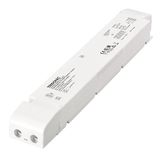
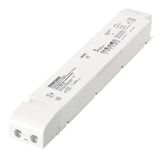

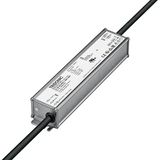
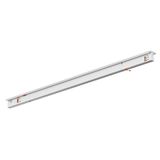
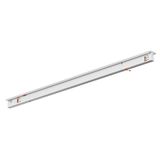
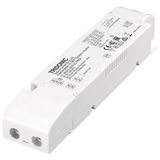


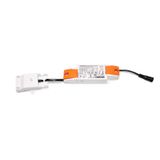
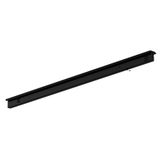
sylvania lighting transformers for clean, safe low-voltage rails
Lighting on 12/24 V only behaves if the transformer is quiet under load and honest about ripple. Toroidal or high-frequency topologies are sized for typical 20–200 W circuits with thermal headroom in enclosed canopies. Short-circuit and over-temperature trips are standard; terminals accept 0.5…2.5 mm² copper with clear L/N/SELV segregation. In corridor and cove jobs that mix SELV heads and controls, teams specify sylvania lighting transformers to keep voltage drop predictable and EMC calm on long runs.
sylvania electronic ballasts for fluorescent and HID stability
Preheat timing, lamp-fault shutdown, and low acoustic noise decide whether retrofits stop flickering for good. Units declare PF ≥ 0.95, THD ≤ 10–15 %, and warm/cold-start profiles that protect cathodes in stair cores. Dimming variants respect 1–10 V curves and broadcast DALI-2 without hunting. For classrooms and offices that still carry T8/T5 trays pending LED migration, sylvania electronic ballasts keep strike counts and harmonics in check while preserving existing photometrics.
sylvania led drivers interfaces and performance
Constant-current and constant-voltage families publish clear I–V windows, inrush data for Type B/C MCBs, and surge levels (typically 2–4 kV L-N indoors). Interfaces include DALI-2 (EN 62386-101/103/207), 1–10 V (EN 60929), and push-dim; ripple and flicker indices meet office guidance at low scenes. Thermal paths are sized for −25…+50 °C voids, and housings pass glow-wire 650 °C where they sit in insulation. Where daylight harvesting and presence logic share the bus, sylvania led drivers keep fades smooth and standby draws trimmed for energy reporting.
sylvania halogen transformers legacy support and migration
Historic MR16 (GU5.3) circuits still surface in hotels and housing. Magnetic blocks ride out heat but waste energy; HF “electronic” versions cut weight and hum, with minimum-load notes that matter on low-watt LED retrofits. Isolation is documented, and secondary cabling stays short to avoid voltage sag. On staged programmes, maintenance teams mark sylvania halogen transformers in the schedule while planning a clean path to SELV LED engines without re-cutting ceilings.
sylvania magnetic ballasts use cases and wiring
Industrial estates keep these where robustness and field service trump weight. Correct pairing with series/superimposed ignitors prevents cycling on metal-halide and sodium circuits; PFC capacitors hold PF near unity. Enclosures list torque and earthing points; temperature class aligns with hot canopies. For plant corridors and high-mast yards that still run discharge gear, sylvania magnetic ballasts remain viable provided cable lengths and ignitor energy stay within spec.
sylvania constant voltage power supplies for ribbons and modules
Linear strips and signage want steady 12/24/48 V rails with low ripple at dimmed states. Supplies declare efficiency, hold-up, and OVP/OTP; terminals or plug leads match common profiles. On long coves, feeds land both ends or at intervals to keep drop < 3 %. Where tunable-white and RGBW sit under a single controller, sylvania constant voltage power supplies keep PWM and DALI-2 logic stable so colour points don’t drift between rooms.
sylvania dimmable ballasts and transformers selection for B2B
Mixing legacy lamps and modern optics is normal in phased works. Pick the control layer first—addressed DALI-2 for analytics, 1–10 V for legacy lines, or phase-cut where it’s the only option—then match gear to the method. Minimum-load, inrush, and dimming floor must be documented against the dimmer pack. Procurement lists sylvania dimmable ballasts and transformers by interface, wattage window, surge level, and connector style so night crews aren’t improvising at height.
Product range and series overview
- Constant-current drivers: 100–700 mA settable, SELV outputs, remote or in-canopy formats.
- Constant-voltage units: 12/24/48 V rails for ribbons/modules, IP20 to IP67, indoor/outdoor.
- Fluorescent/HID gear: HF dimming ballasts with preheat; magnetic/PFC kits with matched ignitors
- Transformers: HF and toroidal for 12 V halogen, isolated windings, thermal and short-circuit protection.
Technical specifications and standards
- Electrical: 220–240 V AC, 50/60 Hz; PF ≥ 0.95 on active-PFC units; inrush declared for MCB sizing; surge 2–6 kV by location.
- Controls: DALI-2 (EN 62386), 1–10 V (EN 60929), push-dim; phase-cut notes where applicable.
- EMC/safety: EN 61347 driver/gear safety, EN 61000-3-2 harmonics, EN 55015 emissions, EN 60598 integration notes.
- Thermal/IP: −25…+50 °C typical; IP20 trays to IP67 supplies; glow-wire ≥ 650 °C on insulated parts.
- Wiring: 0.5…2.5 mm² terminals; SELV segregation; earth tails short/direct; cable-length limits printed for ignitors/SELV runs.
Applications and compatibility
- Offices/education: DALI-2 addressed lines with scene recall and daylight tracking; low ripple at 10–30 % standby.
- Retail: CRI-critical areas need quiet dimming and stable colour points; keep driver families consistent across phases.
- Housing/hospitality: legacy MR16 circuits migrate from halogen to SELV LED; document transformer/driver swap per room.
- Plant/logistics: discharge gear keeps running on magnetic sets; ensure ignitor energy and cable lengths match lamp codes.
Integration with other Sylvania categories
Pair drivers and gear with Sylvania luminaires, panels, battens, and ribbons so optics, connectors, and emergency methods align. With Sylvania automatics and control, addressed test objects, scenes, and energy logs travel on the same DALI-2 backbone. For wet or dusty areas, move to 3-proof housings and IP-rated supplies without changing interface logic.
Selection criteria for B2B clients
- Fix interface (DALI-2/1–10 V/push-dim/phase-cut) and analytics needs.
- Choose constant-current vs constant-voltage by load; confirm I-V window, ripple, and dimming floor.
- Record inrush, PF at dim, and surge level; align MCB curves by feeder.
- Check ambient/void temperature and IP; size thermal margins in enclosed canopies.
- Standardise connector families and label sets for drivers, ballasts, and transformers across the building.
Advantages of working with Bankoflamps
Pricing is aligned to room bundles and live EU stock is visible before crews are booked. Quotes land in roughly an hour with EAN/MPN so variants stay locked. Your portal shows lead times, shipment status, and downloadable price lists with planning-grade validity windows. Approved clients can use post-payment up to 30 days. We consolidate partials to cut freight, and your account manager cross-checks interface type, current/voltage window, inrush and surge, IP/thermal limits, connector family, and emergency method against your drawings so cartons arrive site-ready across France, the Baltics, Germany, Spain, Italy, Belgium, and the Netherlands.